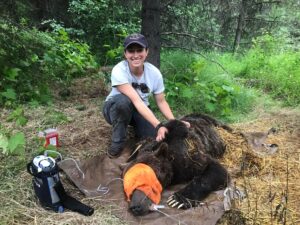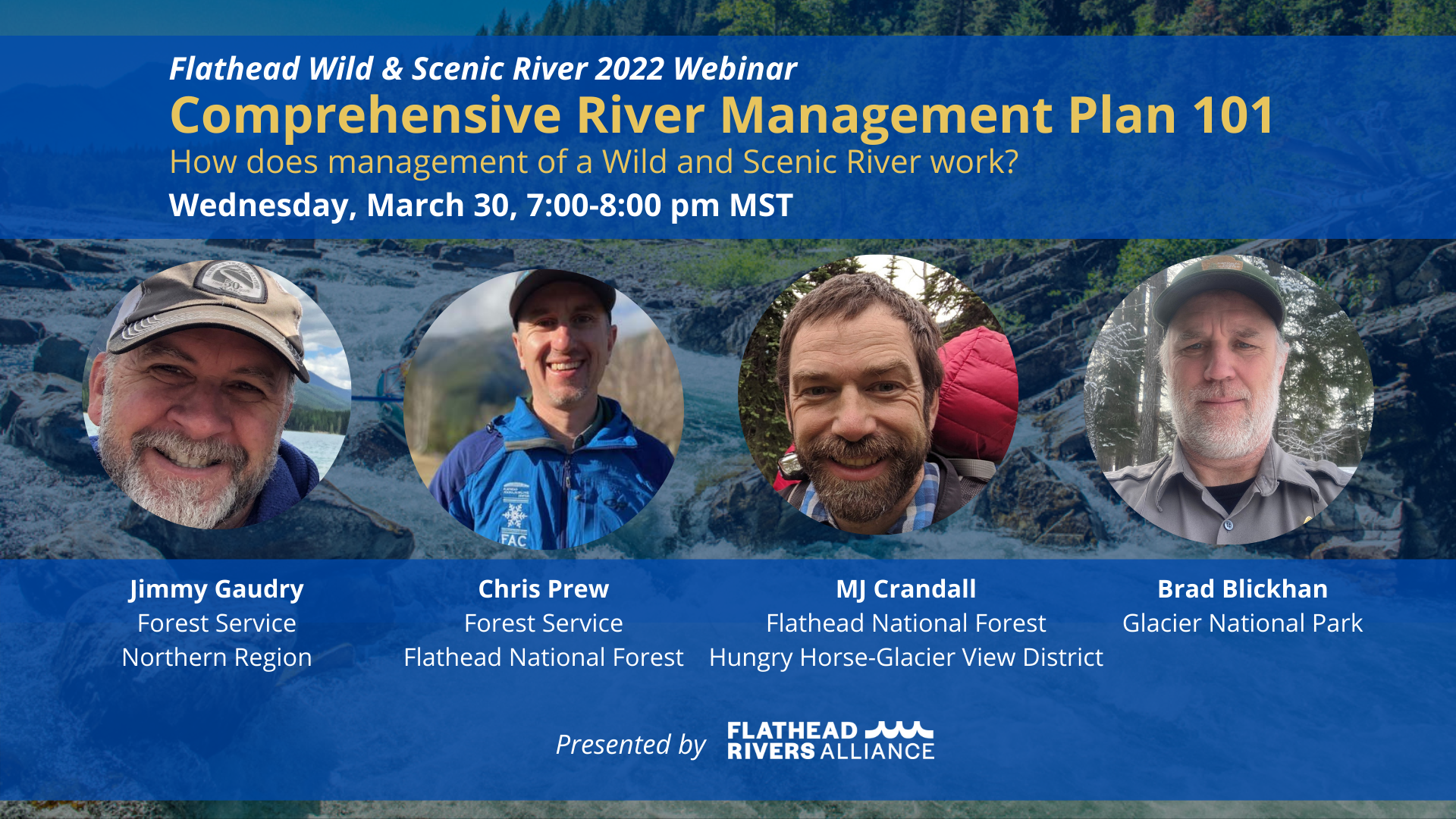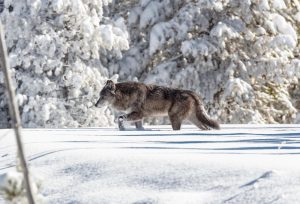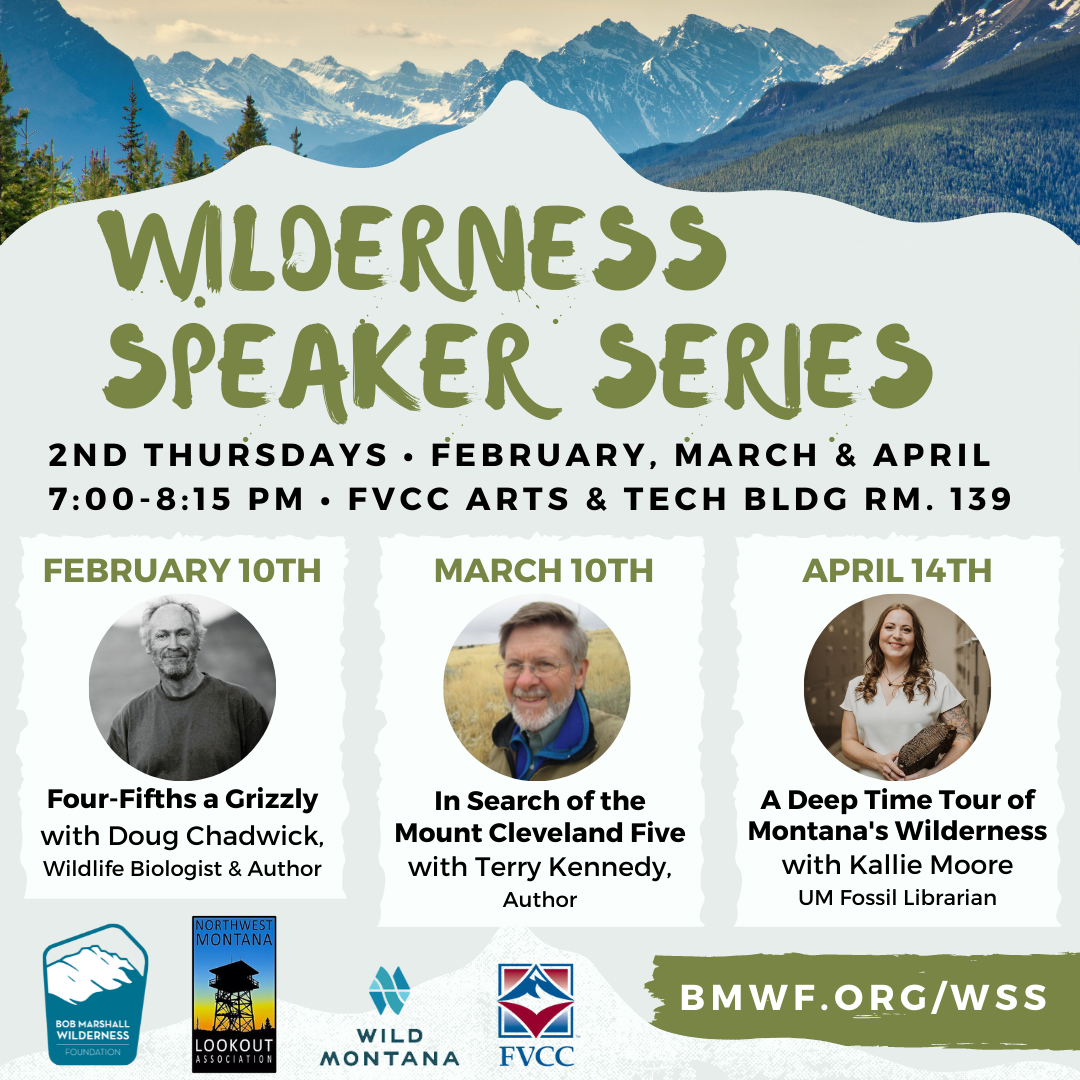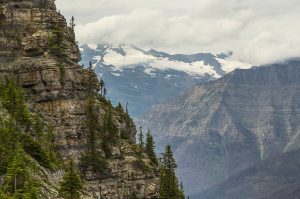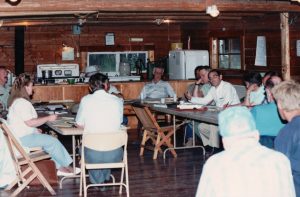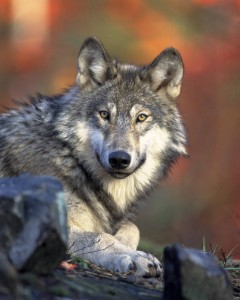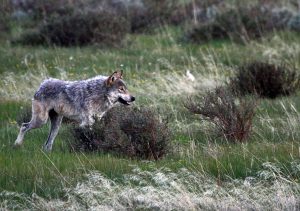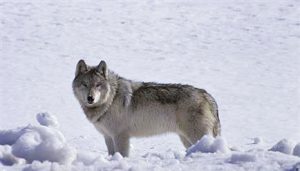Flathead Rivers Alliance announces a two-part live webinar speaker series ahead of the anticipated spring public comment period for the Three Forks of the Flathead Wild and Scenic River Comprehensive River Management Plan. This is an opportunity to learn about the ins and outs of Wild and Scenic Rivers and river management plans from expert regional and local managers and advocates. Additionally, gain an understanding of how to be an active participant during the public portion of the river management plan process that only happens every fifteen to twenty years.
Flathead Wild & Scenic River Webinar Series
- February 16th, 2022 7:00-8:00 PM MST| Webinar #1: The Wild & Scenic River that Connects Us
- March 30th, 2022 7:00-8:00 PM MST | Webinar #2: CRMP 101- How does management of Wild and Scenic Rivers work?
Registration is required for this free webinar series. If you don’t plan on attending virtually, you can register to receive a video recording and submit your questions via email. Live transcription is available during the webinar. Learn more and register at flatheadrivers.org/events.
Did you know the Middle Fork of the Flathead River was the birthplace for the idea of a National Wild and Scenic Rivers system? Designated by Congress on October 12, 1976 (Public Law 94-486), the Three Forks of the Flathead Wild and Scenic River are currently managed under the 1980 Flathead River Management Plan. For the last two years, the Flathead National Forest and Glacier National Park have been drafting an updated CRMP for these rivers that they cooperatively manage, taking into account significant increase of shore and float usage and an obligation to protect the river system’s Outstanding Remarkable Values.
Join Flathead Rivers Alliance to learn about the significance of Wild and Scenic Rivers, responsibilities for managing the 219 mile Three Forks of the Flathead River as a Wild and Scenic River System, and what’s around the bend for Comprehensive River Management Plan (CRMP) public participation and local initiatives.
More information on webinar speaker series registration, volunteer and donation opportunities, and quick reference CRMP FAQ can be found at flatheadrivers.org/comprehensive-river-management-plan.
